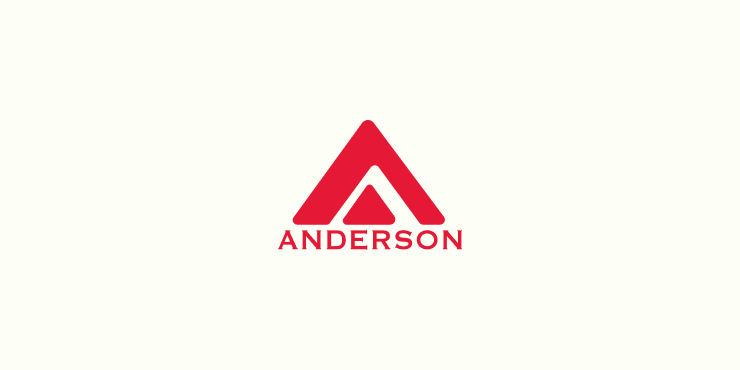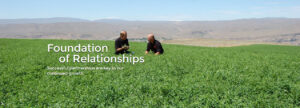Some Horses Eat the Strangest Things
Feeding Adequate Amounts of High-Quality Hay Can Help Alleviate Pica in Horses
 Horses with pica have the propensity to lick, mouth, or even eat unusual substances that have little or no nutritional value. Some of the most common forms of pica in horses include ingestion of feces, sand or dirt, chewing and ingesting wood, and mane and tail chewing.
Horses with pica have the propensity to lick, mouth, or even eat unusual substances that have little or no nutritional value. Some of the most common forms of pica in horses include ingestion of feces, sand or dirt, chewing and ingesting wood, and mane and tail chewing.
Why some horses’ exhibit pica is largely unknown. Underlying health problems may precipitate pica in some horses. Pica is commonly thought to be due to nutritional imbalances, such as mineral or vitamin deficiencies. Unless there is adequate evidence for nutritional inadequacies, pica is many times the result of curiosity or boredom. In any case, pica may cause impactions that can lead to colic, prompt the formation of enteroliths (stone-like masses) in the gastrointestinal tract, or even tissue damage by migrating foreign objects.
Foals commonly exhibit coprophagy, a form of pica where feces are ingested, within a few days after birth. This practice may help colonize a foal’s intestinal tract with the microbial population that will ultimately allow them to exist on a forage-based diet. While coprophagy is normal in foals and young horses, feces consumption is not normally observed in older horses. Providing an older horse with unlimited access to good-quality hay or pasture may eliminate coprophagic behavior.
Wood chewing is a common form of pica in stabled horses and should not be confused with cribbing, a stable vice or compulsive behavior where a horse uses his incisors to grasp a solid object, arches his neck, and gulps air. A long period of inactivity in a stall without long-stemmed hay often induces boredom and horses may start chewing wood, maybe to replace the fiber normally found in long-stemmed hay. Interestingly, wood chewing is more common in horses that are fed pellet- or cube-based diets. Because the fiber source has been reduced in size by processing, these types of diets do not provide adequate chewing time; therefore, a horse may resort to wood chewing to fill this need.
Pica can be frustrating for horse owners. Supplying horses with adequate roughage in the form of high-quality long-stemmed hay or pasture, plus allowing time for socialization with other horses can help control or eliminate the behavior. If these strategies don’t work, consult with your nutritionist or veterinarian.
You can receive blogs from Anderson Hay directly in your email by subscribing above on the right.
Reference
Equine Review, 2002. Pica: The Peculiar Palate. Kentucky Equine Research, Inc. http://www.ker.com/library/EquineReview/2002/Nutrition/N07.pdf


